Religious course of Symi
The testimonies of the New Testament reveal to us that the Apostle Paul and his associates first preached the Gospel in the area. In fact, local tradition wants this Great Apostle, due to sea turbulence, to disembark for a few hours on the small islet of Symi Teutlousa (Seskli), part of the Monastery of Panormitis for centuries, where there is an ancient Naidrio in his honor as well as remnants of early Christianity.
Subsequently, the successors and successors of the work of the Apostles, with centers of excursion in the Asia Minor cities of Phrygia, fought and succeeded in spreading the faith throughout the archipelago of the southern Sporades, as the Dodecanese used to be called. Dozens of Monasteries, such as the famous Panormitis, Roukouniotis, Kokkimidis, Megalos and Mikros Sotiris and many magnificent Parish Churches, are built or renovated in those years, most of which follow its rhythm
Crusade Basilica. The temples of this style were built in the Dodecanese between the years 1750 to 1925 and incorporate elements of Gothic architecture with individual morphological elements of the then modern, Ottoman decorative trend. Most of their evidence comes from the rescued knightly churches of Rhodes and the recruitment
them is a revival of medieval types and forms, formed during the knighthood (1310-1522), coming from a mixture of Gothic architecture and Byzantine tradition.
Unfortunately, this multifaceted prosperity, in the difficult years of Italian rule 1912-1943 stopped, and from now on the island experienced days of misery and abandonment. The new conquerors attempted to de-Hellenize the inhabitants and cut them off from the Ecumenical Patriarchate and the Orthodox faith, applying persecutions, exiles and oppressions, which did not bend the resistance of the people.
In those difficult years the resistance did not bend. In the Monastery of Panormitis, the Second Pandodecanese Congress convened in 1919, issuing a resolution for the union of the Dodecanese with Mother Greece, while in 1944 the Monastery was transformed into a counter-espionage center in favor of the allies, headed by Abbot Chrysanthos Maroulakis. When the Italians located him, they executed him together with his associates, a soldier
Floro Zouganeli and Michael Lambrou, employee of the Monastery, in February 1944.
Extensive bombardment and bombings caused during B
World War II major damage to the magnificent neoclassical mansions of Symi, several of which were destroyed. An irreparable catastrophe took place on September 24, 1944, when German forces blew up the Great Virgin of the Castle and earlier bombed Agios Ioannis, the Diocese of the island.
Ecclesiastically, Symi, like the other islands, consistently belonged to the climate of the Ecumenical Patriarchate from Byzantine times and was included in the Diocese of Rhodes.
Nowadays, however, with the Patriarchal and Synodal Decision of Patriarch Bartholomew on April 28, 2004, the Holy Metropolis of Symi, Tilos, Halki and Kastellorizo is founded, with the Metropolitan seat of Symi and the first Metropolitan Mr. Chrysodis until January 9, 2018, the day of his death. & nbsp; & nbsp; This comprehensive report proves convincingly that our ecclesiastical monuments displayed here, where the Aegean breeze lovingly dulls, are not mere museum spaces, resting only in their cool shadow our wanderings. They are living places of prayer and worship, places of Divine and human meeting, which offer safe refuge in the wild storms of nature and life, embodying through the centuries the orthodox experience and the traditional piety of our theophilic people.
Holy Metropolis of Symi-Tilos-Halki-Kastelorizo
The Holy Diocese of Symi was founded on April 20, 2004 by decision of the Holy and Holy Synod of the Ecumenical Patriarchate, satisfying a constant request of the inhabitants for an ecclesiastical upgrade. In addition to Symi, which is its seat, Tilos, Halki and Kastelorizo belong to the Diocese
These remote islands belonged to the Holy Diocese of Rhodes, from which they were cut off then, in order to establish the new Diocese.
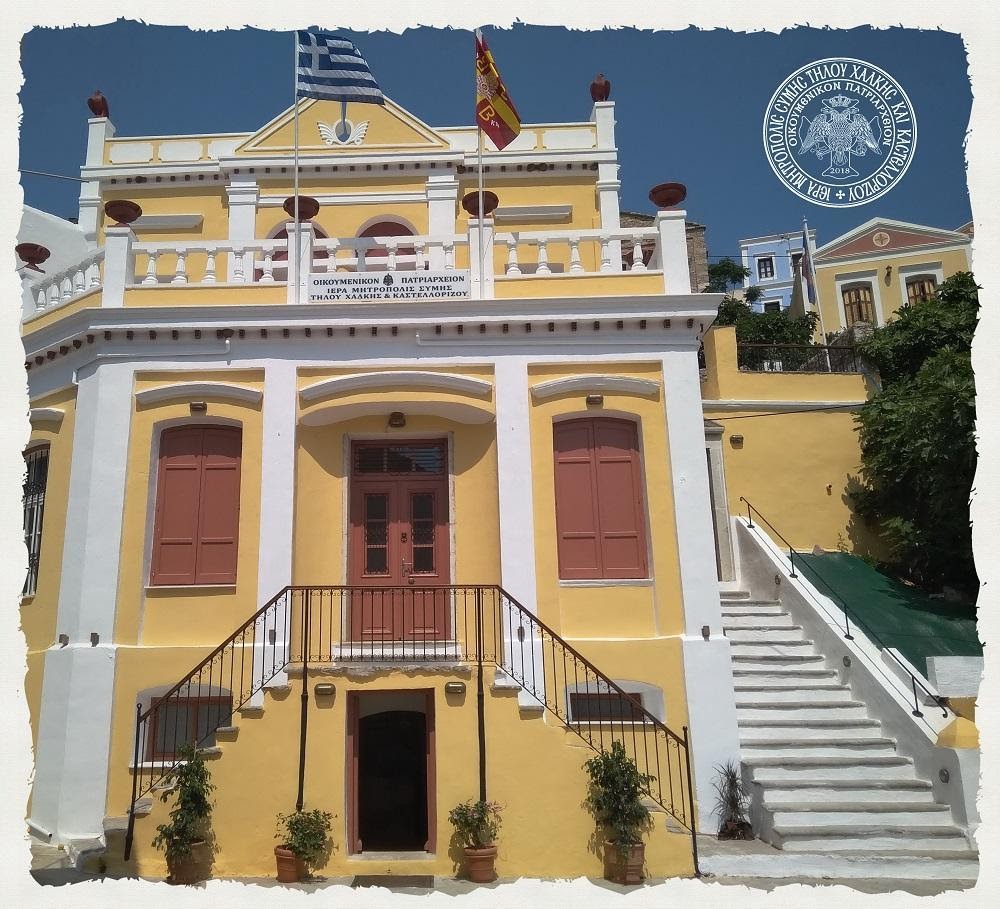
Holy Church of Panagia tou Kastrou or Megali Panagia
At the highest point of the village is the castle of Symi.
The site has been fortified since antiquity and there was an ancient citadel.
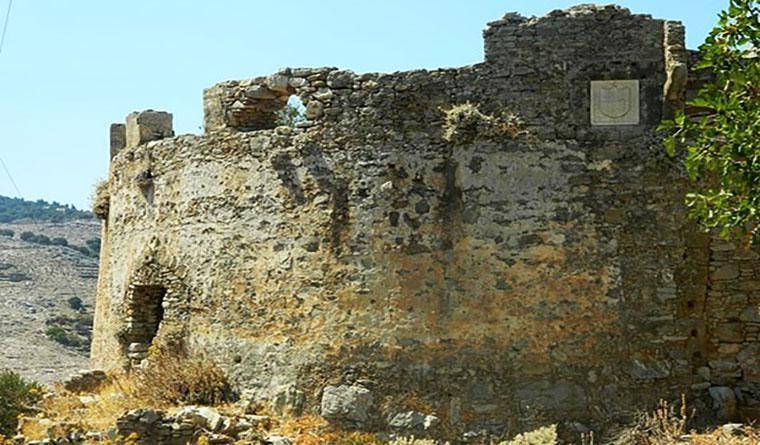
Holy Temple of the Annunciation
The Lanterns
In Symi, in the past, on all the national holidays, on the eve, all the children, the students of the schools, young and old, took poles and nailed cans and put tins with oil on them, lit them at night and went around Symi, Kastro, Pontikokastro, Kali Strata, Pitini, Gialos, and they finished on the 24th of March in Evangelismos singing and the national raids resounded all over Symi. “The bubbles of the enemies have passed”, “all glory, all grace, Holy day dawns”, and many more.
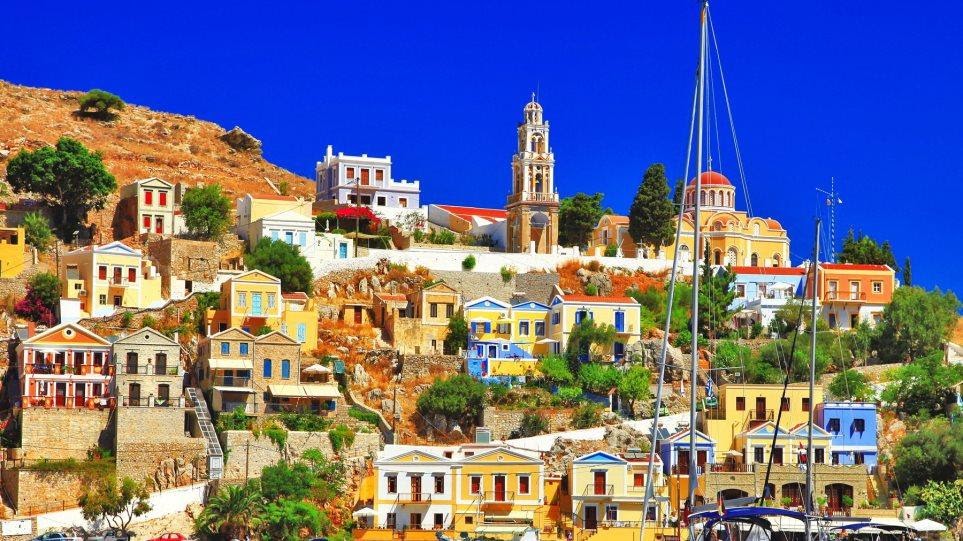
They called them lanterns. Also very early in the morning every time on the eve of the national holidays in the Castle, our traditional musical instruments with various patriotic songs gave the message of the day.
Today, every year on the eve of Evangelismos, all the children continue the custom, only they do not turn around, they place them on the side of the road from Evangelismos to Petalo, and generally where there is a free point.
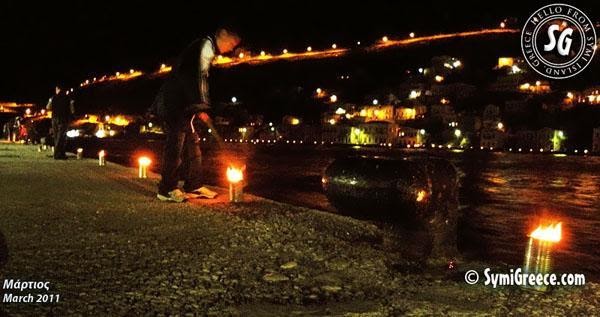
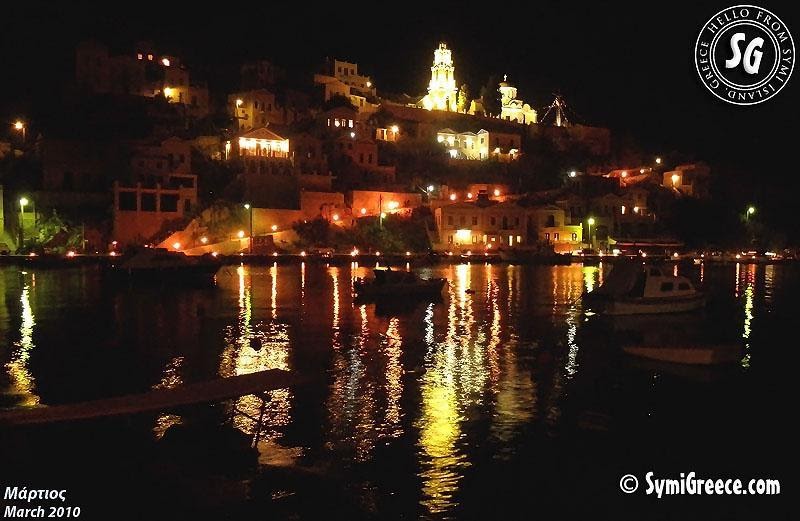
Holy Monastery of Michael Roukounioti
After Panormitis it is today the most important monastery of Symi but it was the most important of the island in the past. Note that in Symi there are a total of 9 churches dedicated to the Archangel Michael, that is, as many as the orders of the Archangels.
The monastery was probably built in the 14-15th century. In the area there are two temples of special architectural interest, in the old the frescoes are from the 15th century while the new one from 1738 by the painter Gregory of Symaios, who also painted the Virgin of Lindos. The icon of the Archangel has been silver-plated in 1734 by John of the Peloponnese as well as that of Panormitis. In the courtyard with the cells, visitors can relax under the huge cypress tree, in this place the festival takes place on November 8 every year.
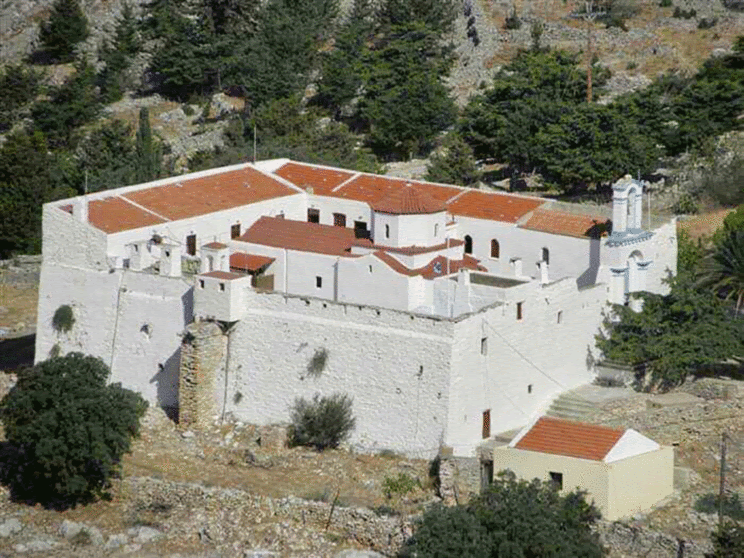
Holy Monastery of Panormitis
It is the most important religious monument of the island. From Gialos, by boat, but also by road you can reach Panormitis. The monastery of Taxiarchis Michael of Panormitis is located on the southwest side of the island, between cypresses and pines. There is a written report on the existence of the monastery from the 15th century, while together with Patmos it is considered the two largest pilgrimages of the Dodecanese. The monastery has a guest house where up to 500 people can be accommodated. Of particular interest is the pebble yard with beautiful geometric patterns. Its bell tower is similar to that of the Zagorsk Monastery, near Moscow. It is also worth visiting the folklore and ecclesiastical museum. In the sacristy of the monastery are kept vows – which are put in bottles by the sailors – and it is said that the sea “washes” them. According to the locals, if a vow is not fulfilled, the Saint goes and takes it himself and for this reason they call him “Thief”.
Holy Trinity Church
The field will be updated soon
Profitis Ilias Monastery
The field will be updated soon